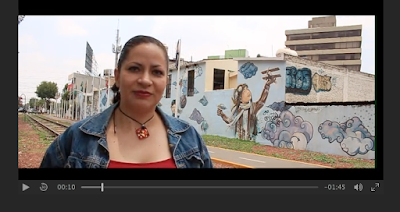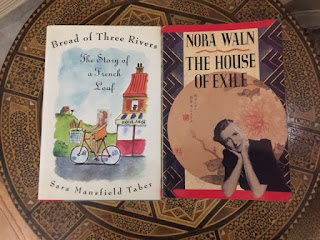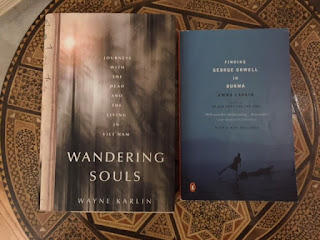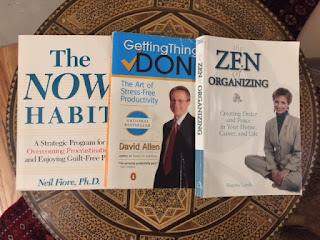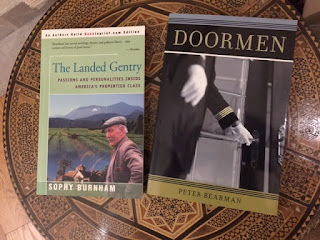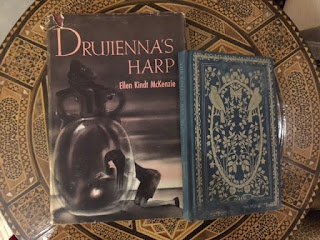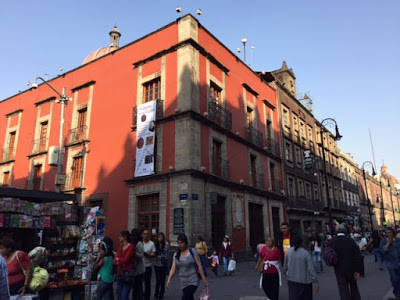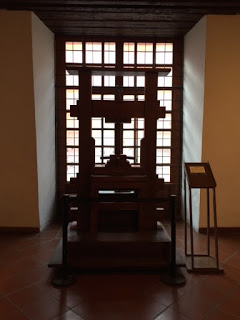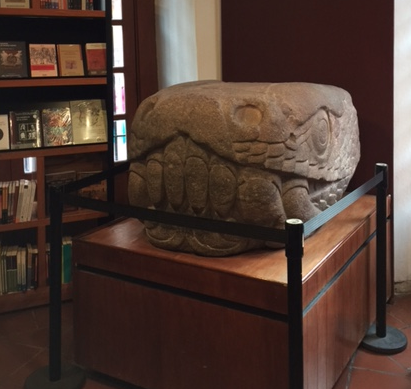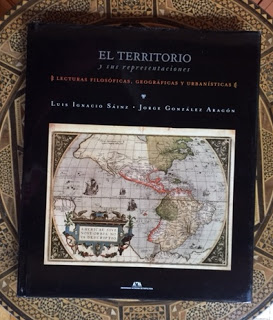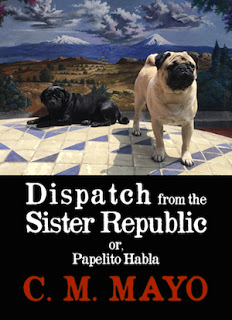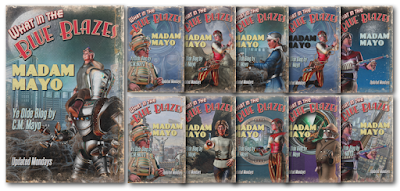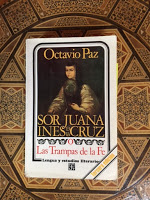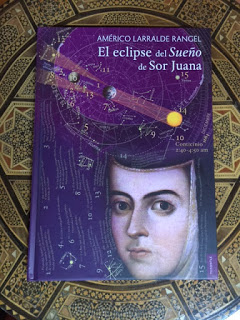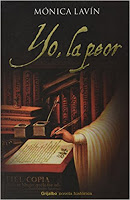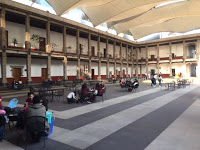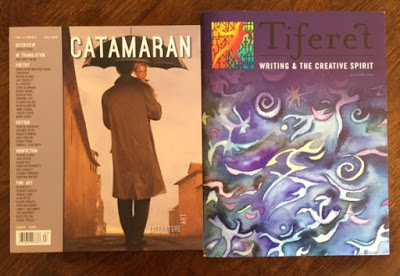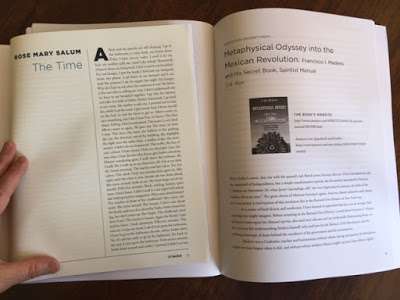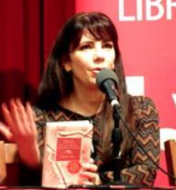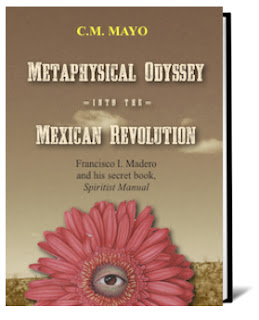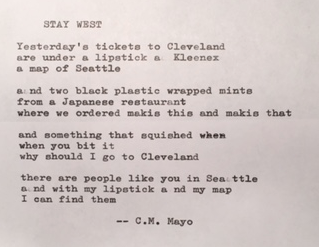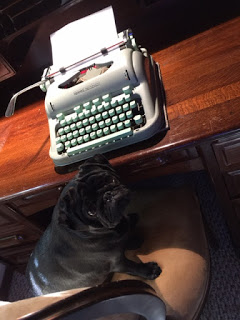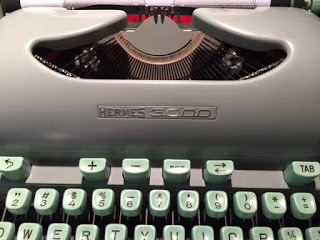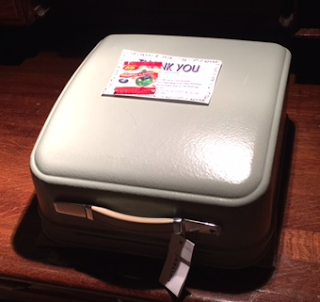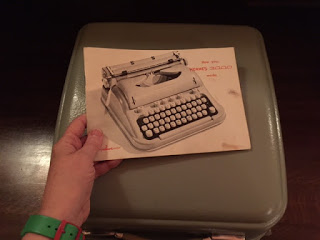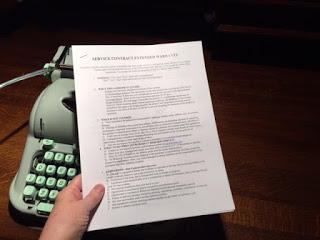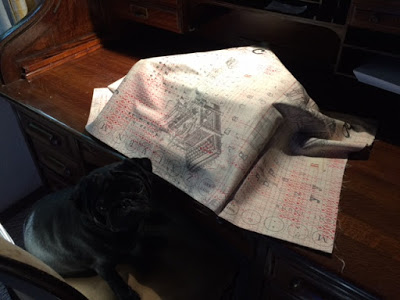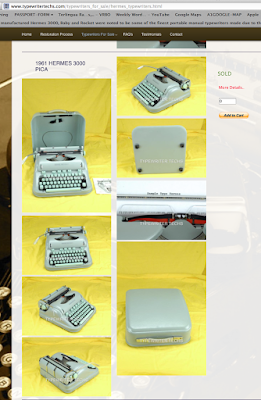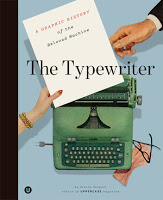

Delighted to announce that my translation of the short story by Agustín Cadena, “The Apaches of Kiev,” appears in the very fine U.S. literary journal, Tupelo Quarterly. It’s a story at once dark and deliciously wry. It caught my attention because, well, everything Cadena writes catches my attention– he is one of my favorite writers in Mexico, or anywhere– and he happens to be living in Hungary, so the Eastern Europe angle is no surprise. In all, Cadena’s is a unique and powerful voice in contemporary fiction, and I hope you’ll have a read.

THE APACHES OF KIEV
BY AGUSTIN CADENA
(Originally published in Spanish on Agustín Cadena’s
blog, El vino y la hiel)
Translated by C.M. Mayo
The story about the body they found in the Botanic Garden came out in the newspapers and on television. The Kiev police identified it immediately: Dmitri Belov, reporter and political analyst known for his scathing criticism of President Poroshenko’s administration. Presumably it was a suicide, but until they could confirm this verdict, the police had been ordered to put all resources to work.
Among the underemployed— peddlers and prostitutes— who roamed the Botanical Garden, very few were aware of this. So how was anyone else to find out? They didn’t have televisions and they didn’t spend their money on newspapers. Understandably, those who knew about the body avoided that area. They knew there would have been a commotion, and especially if the body belonged to someone important. The police would go around searching for possible witnesses to interrogate, and by the way, shake them down on other charges. It wouldn’t do any good to explain to the police what they already knew: that every week all of these underemployed people paid a bribe to be left in peace.
Ignorant of everything, three men of approximately 40 years of age, exotic-looking, dressed like Apaches in a Western movie, appeared after 11 in the morning. They were Ernesto Ortega, Gonzalo Acevedo and Milton Guzmán: Mexican, Salvadorean and Venezuelan, respectively. The three of them dressed identically: a headdress of white feathers that went from their heads down to their waists, jacket and trousers of coffee-colored leather with fringe on the sleeves and the back, moccasins, and ritual battle makeup. They carried assorted musical instruments and they took turns playing Andean music: “El cóndor pasa,” “Pájaro Chogüi,” “Moliendo café,” etc. They knew the music did not go with the costumes nor the costumes with their ethnicities, but this strange combination was what worked for them commercially. Americaphilia was at its height in Kiev, and passersby were happy to give money to these “North American Indians” who played the music “of their people.” Perhaps the happy notes of “La flor de la canela” led the Ukrainians to imagine the beauty of life in teepees, among the buffalo, wild horses, mountain lions, and bald-headed eagles. The fact is, in addition to playing and signing, the “Apaches” also sold their CDs of this same music, displayed on a cloth spread on the ground. [… CONTINUE READING]
P.S. My amiga the poet and writer Patricia Dubrava also translates Cadena. Check out some of her excellent translations at Mexico City Lit. [Alas, as of 9/2019, that link went dark.]
#
This past Saturday I had the good fortune to be able to attend Cadena’s book presentation in one of my favorite Mexico City bookstores, the FCE Rosario Castellanos in Condesa. (Here is where I interviewed Michael Schuessler about his biography of Pita Amor, among other works.) Cadena was presenting a novel for young readers, La casa de los tres perros (The House of the Three Dogs) and along for the ride came a group of Mexican writers who have stories in his latest anthology, Callejeros, cuentos urbanos de mundos soñados (my rough translation of that might be, Street People: Stories of Urban Dreamworlds). Happily for me, this also meant a chance to visit with my friend the Mexican novelist and historian Silvia Cuesy. Here we are with Agustín Cadena:
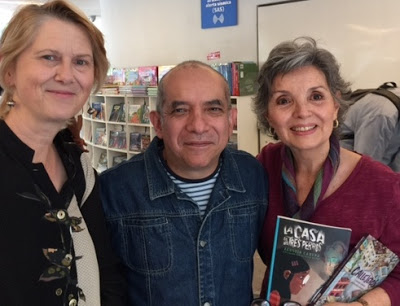
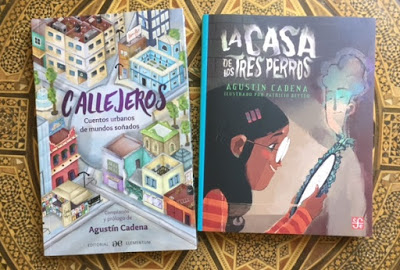
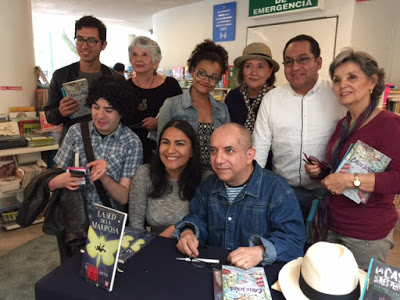
José Antonio Bautista, Silvia Cuesy.
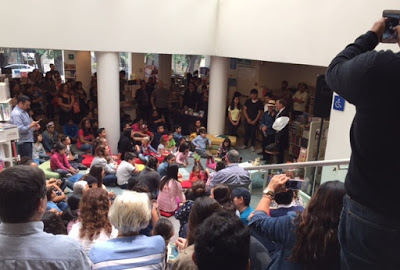
Watch the video for Kickstarter with Mayte Romo of Editorial Elementum, publisher of Callejeros:
Putting on my armchair-sociologist sombrero now: Aside from its high quality (both its literary content and as an object), what is especially interesting about Callejerosis that the editor lives abroad and the publisher is based in a provincial town– Pachuca, in the state of Hidalgo. Mexican literary culture and publishing has long been overwhelmingly concentrated in Mexico City, but with the digital revolution it seems this is opening up quickly. I talked a bit about this in my talk for a 2015 American Literary Translators Association panel I chaired:
P.S. I mention both this wondrous Mexico City FCE bookstore and Cadena in my longform essay now available on Kindle, “Dispatch from the Sister Republic or, Papelito Habla,” an overview of the Mexican literary landscape and the power of the book.
And for those who follow this blog, yes, I remain at work on the book about Far West Texas. Stay tuned for the next podcasts. My latest writing on the subject includes a review of Patrick Dearen’s Bitter Waters: The Struggles of the Pecos River.

On Writing About Mexico: Secrets and Surprises
Catamaran Literary Reader and My Translation of
Rose Mary Salum’s “The Aunt”
Find out more about
C.M. Mayo’s books, articles, podcasts, and more.

